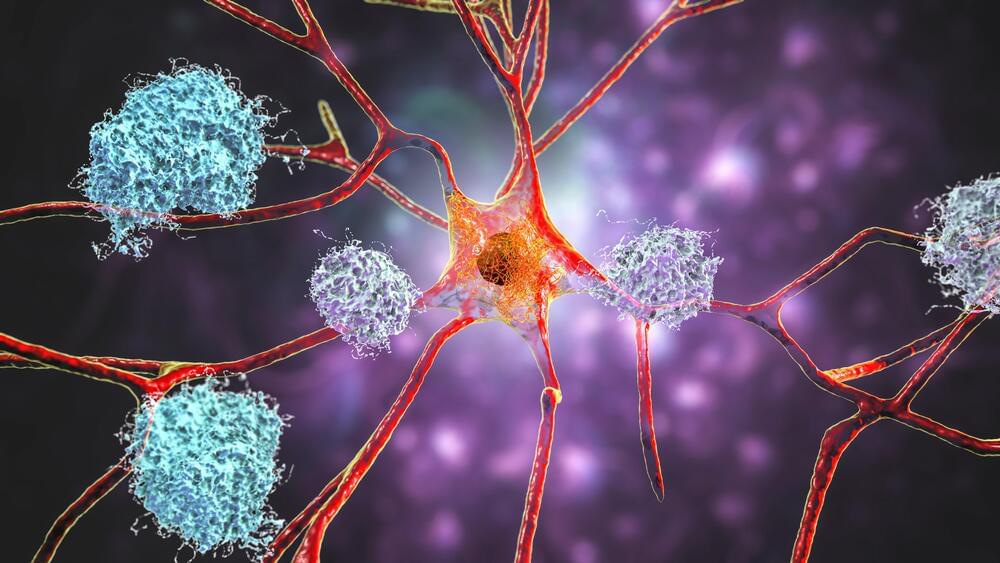In the style of Sleeping Beauty, Tardigrades, the adorable, tiny animals that can withstand extreme environments and are also known as “water bears,” can withstand freezing without losing their vitality. Despite harsh environmental conditions, tardigrades are very adaptable. According to Ralph Schill, a professor at the University of Stuttgart, anhydrobiotic (dry) tardigrades can survive for many years without absorbing water. In a frozen state, there was no clear indication of whether aging increased or decreased. It turns out that frozen tardigrades don’t age.
Water bears, also known as tardigrades, are nematodes. They have the same gait as bears, but that’s about the only thing that connects them to bears. As a result of their adaptability to rapidly changing environmental conditions, tardigrades, which are barely one millimeter in size, can freeze in extreme cold and dry out in extreme heat. Rather than dying, Schill explains that they fall into a deep sleep. A cell organism experiences different types of stress when it freezes or dries out. Despite this, tardigrades are equally capable of surviving both extremes of heat and cold. No obvious signs of life can be seen on them. In this state of rest, the animal’s internal clock might be slowed down, which raises the question of whether it ages.
Schill and his team investigated the aging process of dried tardigrades several years ago, which waited in their habitat for rain for many years. Grimm brothers’ fairytales depict a princess who is deeply asleep. A young prince kisses her 100 years later, and she awakes looking as beautiful and young as ever. In a dried state, tardigrades are the same, and therefore this hypothesis is called the “Sleeping Beauty” hypothesis. Schill explains that the internal clock stops during inactivity and resumes once the organism has been reactivated. Accordingly, the researcher explained that tardigrades, whose lifespan usually lasts only a few months without rest, can survive for decades.







